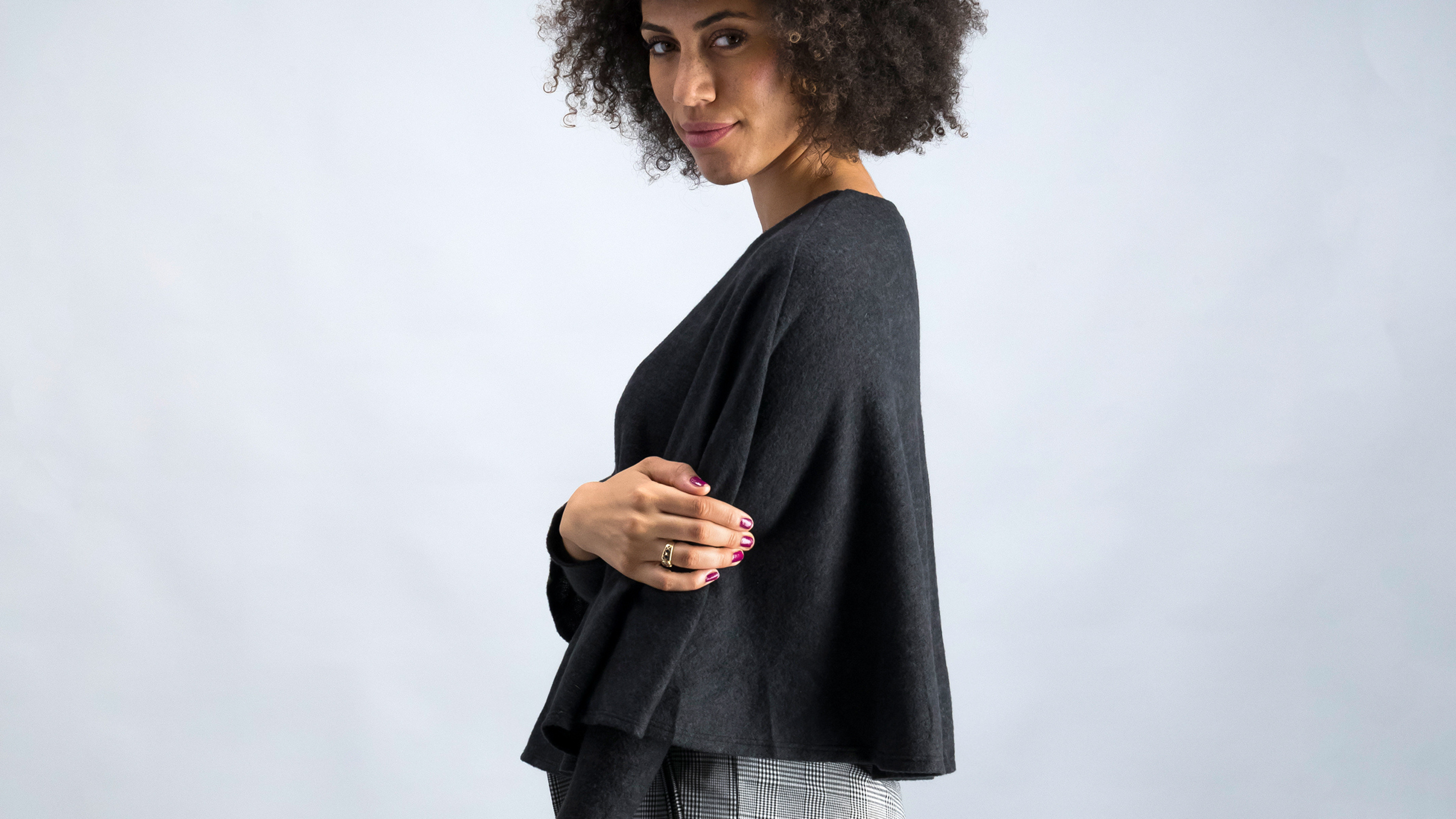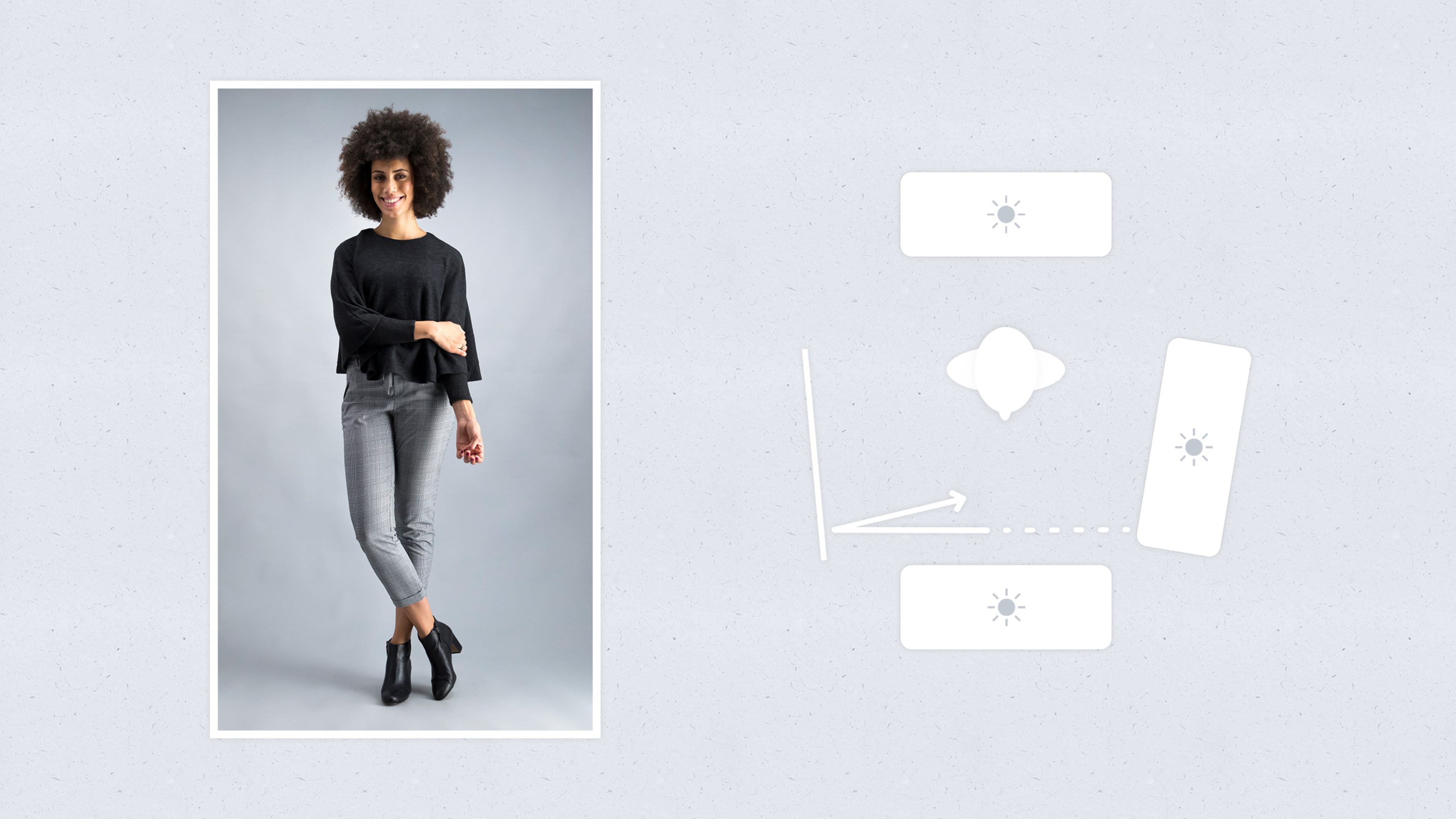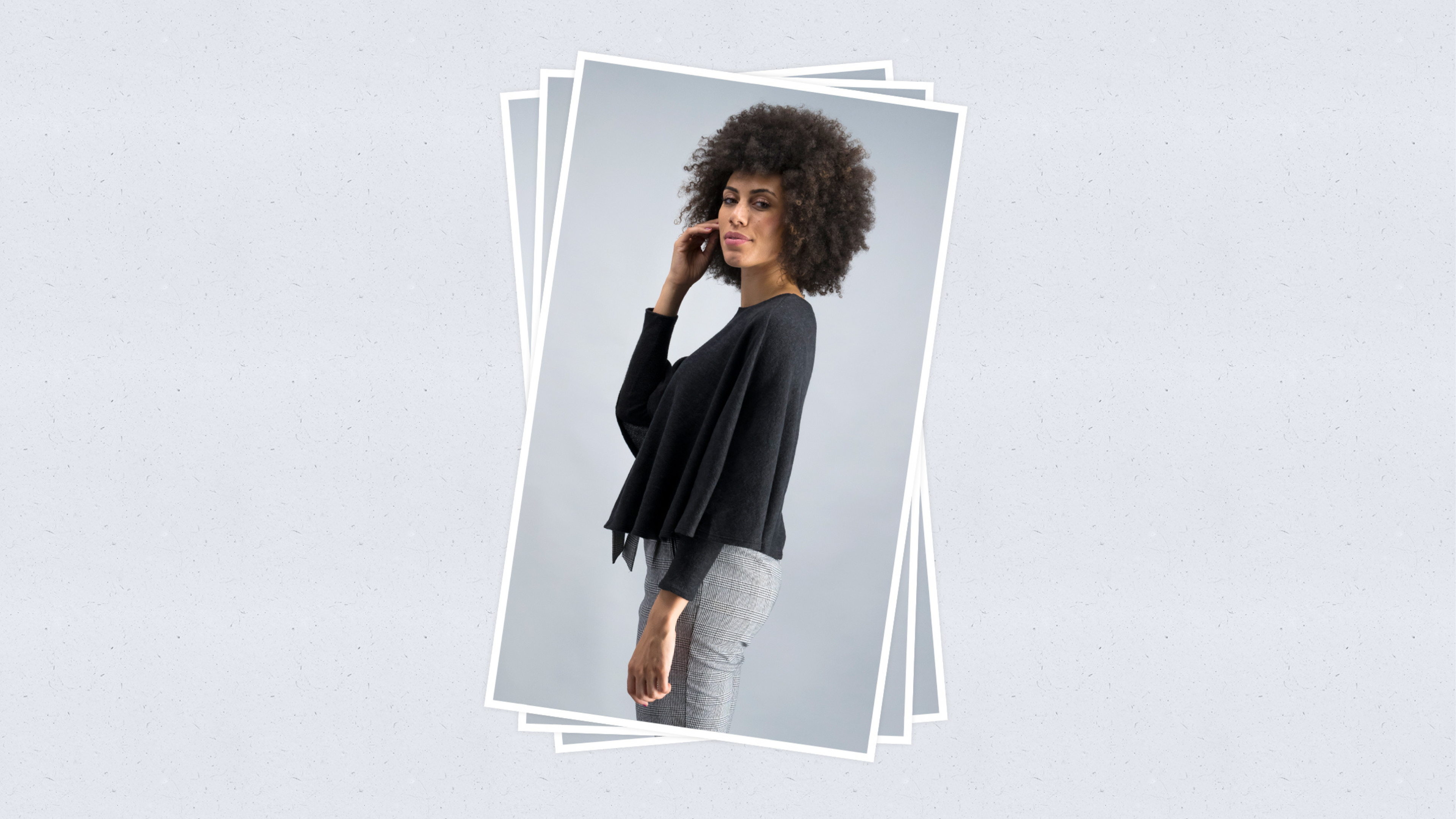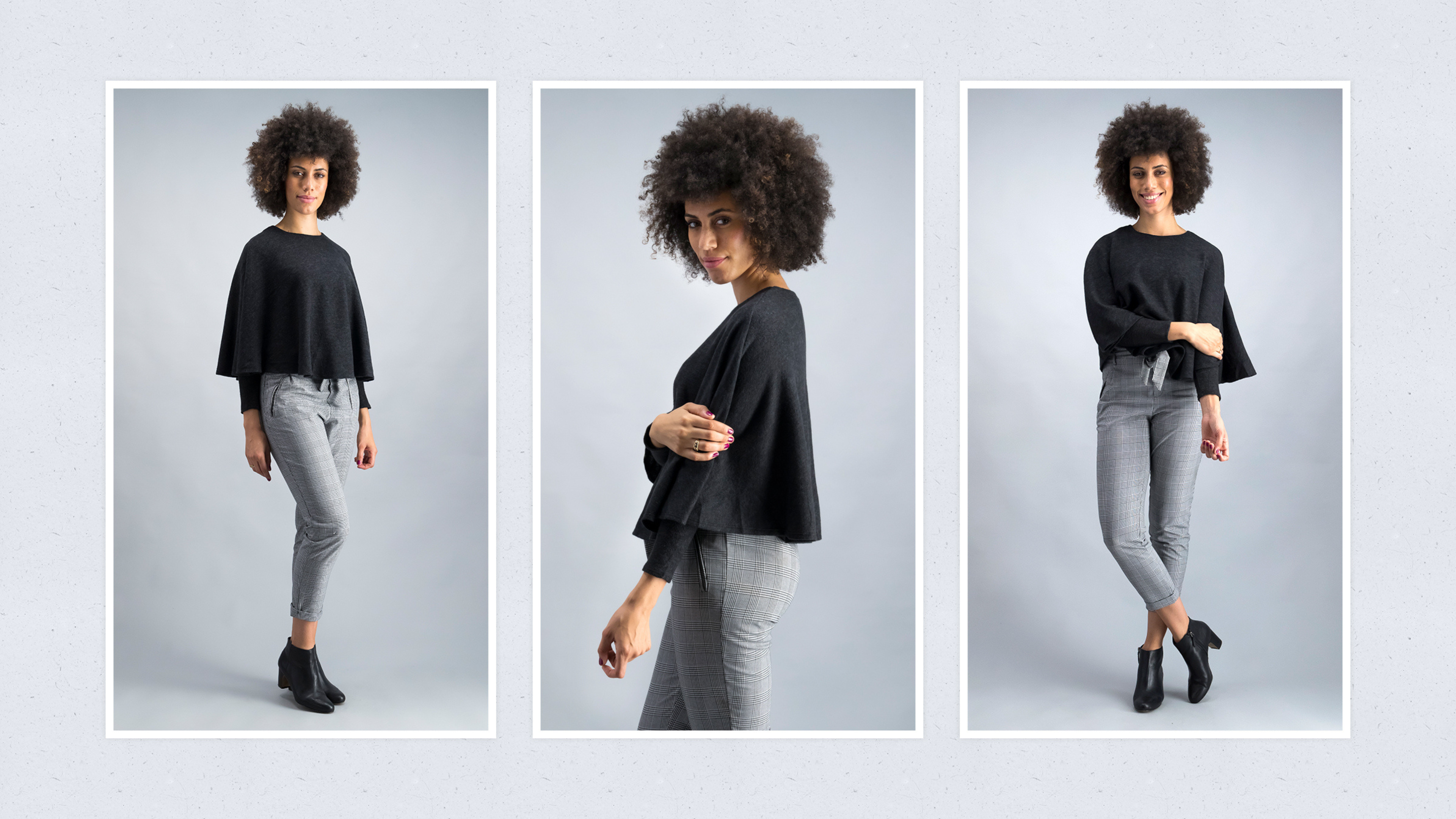How to style and photograph casual wear on a model for e-commerce

We share best practices for styling and shooting a model wearing casual clothing for your web store.
Casual clothing is all about being comfortable and feeling good while looking good. Casual wear photoshoots should reflect that. Photographs typically tend to highlight the comfortable yet stylish nature of these types of garments.
This guide is dedicated to sharing tried and tested techniques that will help you organize and execute a great casual wear photoshoot.
What you’ll need
-
Casual wear items
-
A model
-
A studio setup with lighting and pro-grade camera
We cover the following stages
1. Lighting and photographs
2. Styling and preparation
3. Example shots
1. Lighting and photographs
You can put your model and the products you're selling in the spotlight by creating a nice even light on your set.
Set up the lighting
The background light should not be too dark. Your main, key light should be aimed at the model, lighting them up. Front light can be at a similar brightness level as the rest of the lights - not too dark.
Pop your exposure
You can increase the exposure just a tiny bit. Once you’ve done that, make a test picture so you see if that fits the lighting effect you’re after.
If you’re happy with your lighting, then simply continue the photoshoot and focus on consistency in your pictures.

2. Styling and preparation
The key factors to focus on here are: good presentation of the garments, efficient communication with your model and going over your work.
Crease-free look
Check the clothing items for any imperfections and make sure everything looks as presentable as possible.
Put everything in order
Pull down the trousers if needed. Straighten all pieces of clothing that require that. Polish shoes if there are any spots on them. Tie shoelaces. Tailor the clothing to fit the model.

Get the model ready for posing
There are certain shots you have in mind. Direct your model to get the images you’re after. However, make it a point to trust your model with what she or he is doing.
Give guidelines, don't dictate
Give your models enough freedom to do the poses they feel are best by providing guidance rather than pressuring them to do exactly what you've imagined. Be more flexible. Communicate with your models and work together.
Avoid a static look
By making the model feel comfortable while being more of a guide rather than a dictator when it comes to posing, you will avoid an unappealing static look in your pictures. You want the result to look natural and not actually ‘posed’.
Don’t stop until you’re happy with the shot
Communication between you and your model is essential here. Making yourself clear about what you’re after and giving them the space to perform is a winning combination.
Double check your work
After you’ve taken the shots, go back and check one last time whether all details are in place. Notice the exposure, the lighting, the positioning of the clothes. If there’s something that doesn’t seem quite right, you can ask the model to re-do certain shots.

3. Example Shots
You can get as creative as you like with your shots. A good general rule is to have images from various angles so you can showcase different features of your products in the best way possible.
